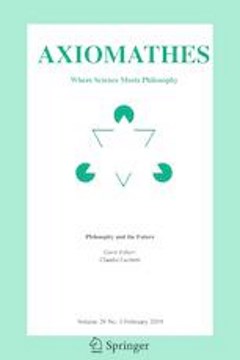Categories and facets in integrative levels
pp. 177-192
Abstract
Facets and general categories used in bibliographic classification have been based on a disciplinary organization of knowledge. However, facets and categories of phenomena independent from disciplines can be identified similarly. Phenomena can be classified according to a series of integrative levels (layers), which in turn can be grouped into the major strata of form, matter, life, mind, society and culture, agreeing with Nicolai Hartmann's ontology. Unlike a layer, a stratum is not constituted of elements of the lower ones; rather, it represents the formal pattern of the lower ones, like the horse hoof represents the shape of the steppe. Bibliographic categories can now be seen in the light of level theory: some categories are truly general, while others only appear at a given level, being the realization of a general category in the specific context of the level: these are the facets of that level. In the notation of the Integrative Level Classification project, categories and facets are represented by digits, and displayed in a Web interface with the help of colours.
Publication details
Published in:
(2008) Axiomathes 18 (2).
Pages: 177-192
Full citation:
Gnoli Claudio (2008) „Categories and facets in integrative levels“. Axiomathes 18 (2), 177–192.


